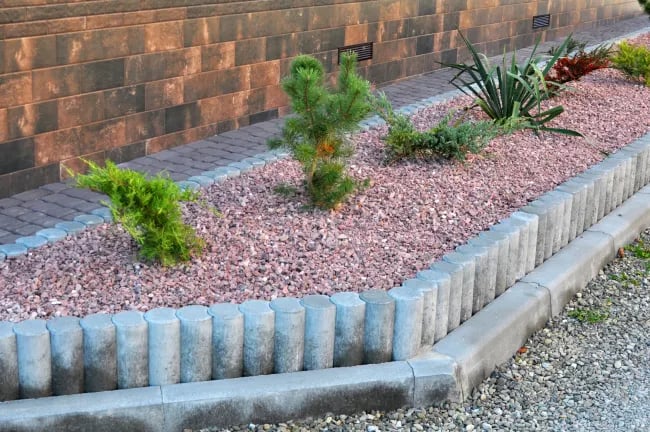A retaining wall is a structure that holds back soil, rock, or other materials from a particular area. It is often used to create a boundary between two different elevations or to prevent soil erosion in areas with a slope. Retaining walls are necessary because they help stabilize the soil and prevent landslides, erosion, and other types of soil movement that can harm people and structures. Properly constructed retaining walls are essential for ensuring the safety and stability of a property. Retaining walls have many uses, including creating level outdoor spaces, supporting slopes, and protecting against erosion. They can benefit commercial properties where they can be used to create functional outdoor spaces, such as parking lots, gardens, and walkways. Retaining walls can be made from various materials such as concrete, brick, and stone and are both affordable and relatively maintenance-free, lasting for many years without needing constant touch-ups. In addition, the use cases of retaining walls are endless when it comes to having them on commercial properties.
What are the Benefits of Having a Retaining Wall
Retaining walls offer several benefits for both residential and commercial properties. Structurally, retaining walls provide support for soil that would otherwise be unstable or prone to erosion. In areas with steep slopes or unstable soil, they are particularly useful. In addition to providing structural support, retaining walls can also help prevent soil erosion by holding back the soil and allowing it to settle properly. This can be especially useful in areas prone to heavy rainfall or flooding, as retaining walls can help control water flow and prevent damage to the landscape. Furthermore, retaining walls can create functional flat areas in commercial spaces, such as patios or outdoor seating areas. Finally, retaining walls can also add visual interest and aesthetics to a property, as they can be constructed using various materials and designs.
Types of Retaining Walls
There are several types of retaining walls, each with unique characteristics and benefits.
Gravity Retaining Walls
Gravity retaining walls are the most common type of retaining wall and are designed to rely on their own weight to hold back the soil. They are usually made of concrete, stone, or brick and are often used in residential landscaping projects.
Crib Retaining Walls
Crib retaining walls are made up of interlocking blocks or planks that are stacked to create a grid-like structure. They are often used in commercial or industrial settings and are known for their strength and durability. The grid structure is usually made with precast concrete and filled with crushed stone. While these types of retaining walls are suitable for supporting planters, they typically cannot successfully hold back a ton of soil.
Gabion Retaining Walls
Gabion retaining walls are made of wire baskets or metal mesh filled with large rocks or stones. They are often used in areas with poor soil conditions where soil erosion is a huge concern or where a natural or organic look is desired for the retaining wall.
Cantilever Retaining Walls
Cantilever retaining walls are made of reinforced concrete and are supported by a base slab that extends deep into the ground, creating a solid footing within the soil. They are often used in situations where a taller retaining wall is needed.
Counterfort Retaining Walls
Counterfort retaining walls are similar to cantilever retaining walls, but they have additional supports called counterforts that help distribute the load and increase the wall's stability.
In addition to these types of retaining walls, many different materials can be used to create retaining walls, including wood, steel, and plastic. Some people may even opt for natural materials, such as stacked stone or plants, to create a more natural look. Ultimately, the type of retaining wall and the materials used will depend on the specific needs and goals of the project.
Uses for Retaining Walls
Retaining walls are versatile structures with many uses, which can be helpful in various commercial settings.
Preventing Soil Erosion
Retaining walls help prevent soil erosion by holding back the soil and allowing it to settle properly. Several factors, including wind, water, and human activity, can cause soil erosion. When soil is not correctly retained, it can be easily washed away or blown away, leading to the loss of valuable topsoil and potentially causing damage to the landscape. They can also be helpful in areas with poor soil conditions, as they can help to stabilize the soil and prevent it from washing away. Overall, retaining walls play a vital role in protecting against soil erosion and helping preserve the landscape's integrity.
Stability
Retaining walls offer stability by providing support for soil that would otherwise be unstable or prone to erosion. This is especially important in areas with steep slopes or unstable soil, as the retaining wall helps to hold back the soil and keep it in place. In addition to providing stability for the soil, retaining walls can also provide stability for structures or buildings built on top of or near the retaining wall. This can be especially useful in commercial or industrial settings where there is a need for level surfaces or where the soil is not strong enough to support the structure's weight.
Visual Interest
Retaining walls can offer visual interest by adding a unique element to a landscape or outdoor space. They can be constructed using various materials and designs, including brick, stone, concrete, wood, and more. This allows for a wide range of aesthetic options, from sleek and modern to rustic and natural. In addition to the materials used, retaining walls can be designed in various shapes and sizes, allowing for even more customization. Whether used as a standalone feature or incorporated into a larger landscape design, retaining walls can add visual interest and enhance the overall appearance of a property.
Create Flat Areas
Retaining walls are used to create flat areas in both residential and commercial spaces. In residential settings, retaining walls can be used to create level areas for outdoor living, such as patios, decks, or seating areas. In commercial settings, retaining walls can be used to make level surfaces for parking lots, loading docks, or other types of infrastructure. By holding back the soil and creating a stable base, retaining walls can create functional flat areas that would otherwise be impossible due to the slope or grade of the land.
Improve Site Drainage
Retaining walls can improve site drainage by directing water away from areas where too much water would cause damage. This is especially important in areas with heavy rainfall or flooding, as excess water can cause erosion, landslides, or other types of damage to the landscape. Retaining walls channel water away from vulnerable areas, create drainage systems, and redirect water to specific areas, such as retention ponds or catch basins.
Provide Handicap Accessibility
Retaining walls can provide handicap accessibility in many ways. They can create level surfaces in areas that would otherwise be uneven or sloped, which makes it easier for people with mobility impairments, such as those using wheelchairs or walkers, to move around and access different areas of a property. In addition, retaining walls can be used to create ramps or gentle slopes, further improving accessibility for people with mobility issues. Finally, retaining walls can also create designated parking spaces for people with disabilities, ensuring they have easy and convenient access to the property. Overall, retaining walls can be valuable for improving accessibility and making properties more welcoming and inclusive.
Simplify Maintenance
Having retaining walls on a commercial property can simplify maintenance in several ways. They help prevent erosion and landslides, saving time and money that would otherwise be spent on repairs. They additionally create distinct areas within a property, making it easier to identify and address maintenance needs. For example, a retaining wall can be used to separate a lawn area from a paved area, making it easier to manage and maintain each area separately. Lastly, retaining walls can create raised flower beds or other landscaping features, making it easier to manage the appearance and upkeep of the property.
Hold Back Water
Retaining walls are often used in areas prone to flooding or steep slopes, where water can easily wash away soil and cause damage. When water levels rise, the retaining wall acts as a barrier, holding back the water and preventing it from flowing onto the property or causing erosion.
Provide Reinforcement
Retaining walls can provide reinforcement in numerous ways. They reinforce slopes and prevent erosion by holding the soil back and preventing it from sliding or washing away, which is particularly useful in areas with steep slopes or prone to heavy rainfall or flooding. Additionally, retaining walls can provide structural reinforcement to a property by supporting the weight of the soil and any structures built on top of it. This can be especially important in areas where the soil is loose or unstable, as it can help to prevent landslides or other types of damage. Finally, retaining walls can reinforce foundations and other structures by transferring the soil load and any structures built on top of it to the retaining wall, thus helping prevent cracks and other types of damage to the foundation or structure.
Make Slopes Useful
Retaining walls can make sloped areas more useful in various ways. They can be used to create level areas on sloped land, allowing for the construction of buildings or the creation of terraced gardens and other landscaping features. They also can provide support slopes for roads or other structures, helping to prevent erosion and landslides. Additionally, retaining walls can create functional outdoor spaces on sloped properties, such as patios, decks, or seating areas. By providing a stable and safe foundation, retaining walls can make sloped areas more usable and enjoyable.
Final Thoughts
Retaining walls are valuable structures that offer numerous benefits for both residential and commercial properties. They can be used to create level outdoor spaces, support slopes, and prevent erosion, and can be made from various materials such as concrete, stone, wood, and steel. Retaining walls are practical for commercial properties, where they can create functional outdoor spaces, such as parking lots, gardens, and walkways. There are several types of retaining walls, each with its own unique characteristics and benefits. The type of retaining wall and materials used will depend on the specific needs and goals of the project. Overall, retaining walls are a vital tool for shaping and stabilizing landscapes to make them more functional and usable.

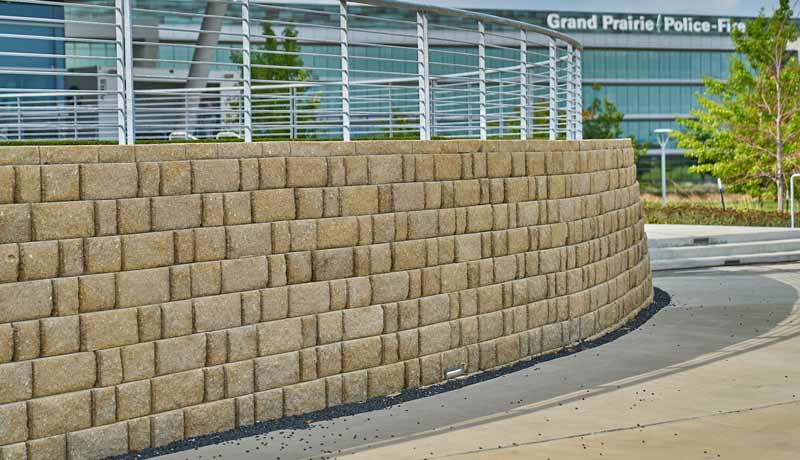



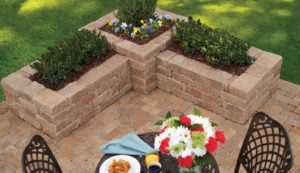
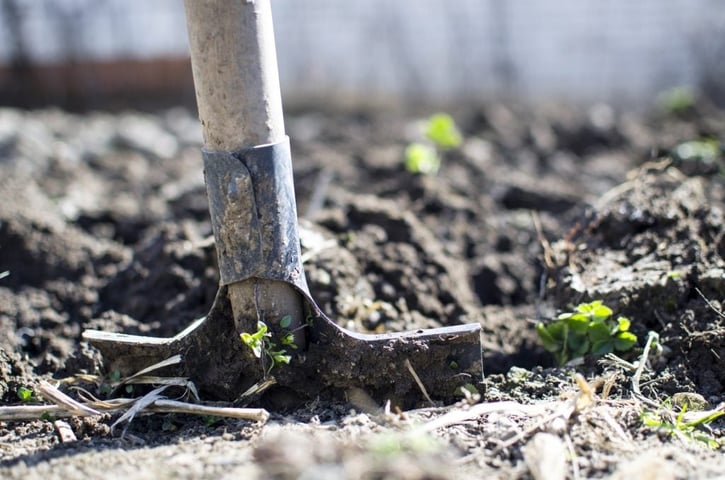
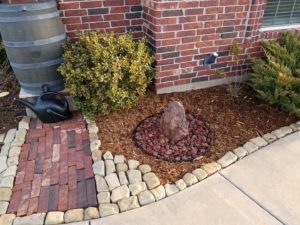
![All About Soil Compaction: Causes, Challenges & Solutions [A Guide]](https://4445234.fs1.hubspotusercontent-na1.net/hub/4445234/hubfs/Imported_Blog_Media/plants-2411458_1920-1024x683.jpg?width=725&name=plants-2411458_1920-1024x683.jpg)
